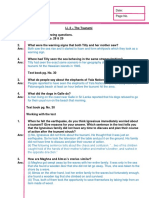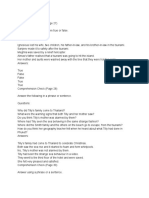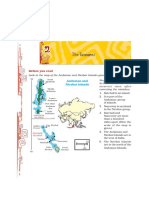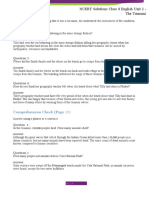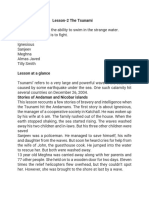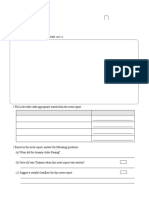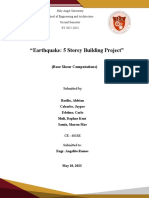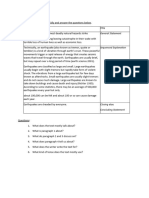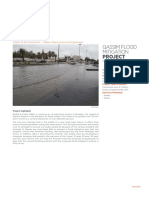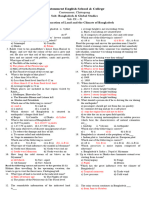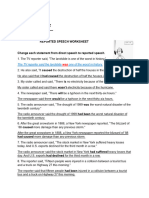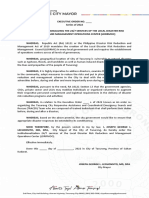0% found this document useful (0 votes)
70 views10 pagesThe Tsunami
The chapter discusses the devastating tsunami that struck on December 26, 2004, affecting regions in India, Sri Lanka, Thailand, and the Andaman and Nicobar Islands. It highlights personal stories of bravery and survival amidst the tragedy, including accounts of individuals like Ignesious, Sanjeev, Meghna, Almas, and Tilly. The chapter concludes with an explanation of tsunamis and their geological triggers.
Uploaded by
newsletterCopyright
© © All Rights Reserved
We take content rights seriously. If you suspect this is your content, claim it here.
Available Formats
Download as PDF, TXT or read online on Scribd
0% found this document useful (0 votes)
70 views10 pagesThe Tsunami
The chapter discusses the devastating tsunami that struck on December 26, 2004, affecting regions in India, Sri Lanka, Thailand, and the Andaman and Nicobar Islands. It highlights personal stories of bravery and survival amidst the tragedy, including accounts of individuals like Ignesious, Sanjeev, Meghna, Almas, and Tilly. The chapter concludes with an explanation of tsunamis and their geological triggers.
Uploaded by
newsletterCopyright
© © All Rights Reserved
We take content rights seriously. If you suspect this is your content, claim it here.
Available Formats
Download as PDF, TXT or read online on Scribd
/ 10









